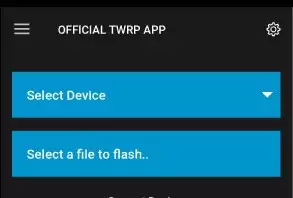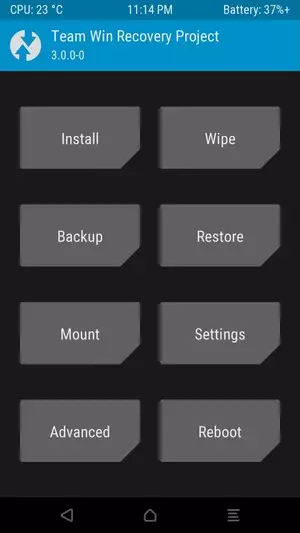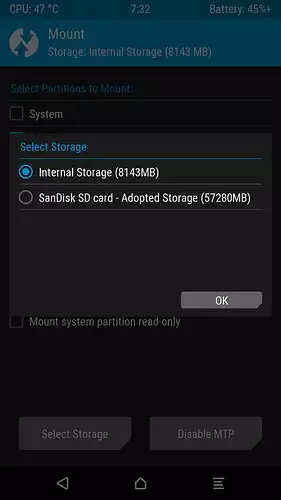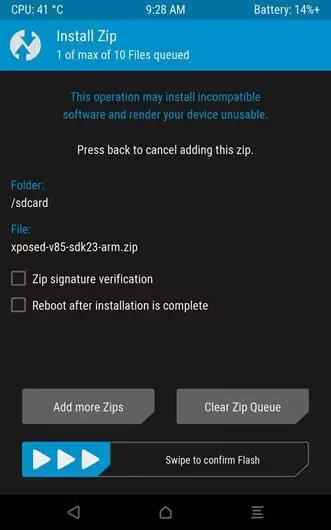Flash firmware on Samsung Galaxy A52 5G
Mobiles >> Samsung >> Samsung Galaxy A52 5G| Specifications | Reviews | Secret codes |
| Unlock phone | Root phone | Bypass FRP |
| Backup | Flash Firmware | Screenshot |
How to flash Samsung Galaxy A52 5G?
Why reinstall the firmware?
Errors start to appear in the operating system.
Some installed applications stop opening.
Many programs from the Play Market do not work.
The phone restarts or shuts down randomly.
The phone began to slow down a lot.
The OS does not match the system requirements of the smartphone.
Where can I find the firmware?
On the official website of the phone manufacturer.
On sites where developers post custom or official OS.
What should be done before installing the firmware?
Create a backup copy of user data, contacts and photos and transfer it to your computer.
Insert your SD card into your phone. An SD card is needed to write firmware to it.
Find information about your smartphone model.
Fully charge your phone. If the battery runs out during boot, the device will no longer turn on.
Download archive with Firmware. Place it on the SD card.
Installing TWRP Recovery
Download and install the Official TWRP App from the Play Market.
When you start the application for the first time, you need to give consent to future manipulations, as well as to give consent to granting the application Superuser rights and click the 'OK' button.
On the next screen, select 'TWRP FLASH' and give the application root rights.

On the main screen of the application, select 'Select Device', and find your phone model.
After selecting a device, the program redirects the user to a web page to download the corresponding image file of the modified recovery environment. Download the suggested *.img file.
After downloading the image file, return to the main screen of the Official TWRP App and press the 'Select a file to flash' button. Select the file downloaded in the previous step.
Press the 'FLASH TO RECOVERY' button and confirm your choice, press 'OK'.
When the message 'Flash Completed Succsessfuly!' appears. Click 'OK'. The TWRP installation procedure can be considered complete.
Write the firmware to the SD card. Using a PC or laptop card reader.
Insert a memory card into your phone.
To reboot into recovery, you need to use a special item in the Official TWRP App menu, accessible by pressing the button with three stripes in the upper left corner of the main screen of the application. We open the menu, select the 'Reboot' item, and then click on the 'REBOOT RECOVERY' button. The phone will reboot into the recovery environment automatically.
Firmware via TWRP

Before flashing, you need to delete all user data from the phone, this will avoid errors in the software, as well as other problems. Press 'WIPE' on the home screen.
Now you can start flashing. Click the 'Install' button.

The file selection screen appears. At the very top is the 'Storage' button, select the location where the firmware file is located.
Select the location where the files were copied. Press the 'OK' button.

Find the file we need and click on it. A screen opens with a warning about possible negative consequences, you need to check the item 'Zip signature verification', which will avoid using corrupted files when writing to the phone's memory sections.
The procedure for flashing the phone will begin, this is accompanied by the appearance of inscriptions in the log field and the movement of the progress bar.
The completion of the firmware installation procedure is indicated by the inscription 'Successful'.
Summary: Operating system: Android 11, One UI 3.1; Processor: Octa-core (2x2.2 GHz Kryo 570 & 6x1.8 GHz Kryo 570); Chipset: Qualcomm SM7225 Snapdragon 750G 5G (8 nm); GPU: Adreno 619; Internal memory: 128GB 6GB RAM, 128GB 8GB RAM, 256GB 8GB RAM; External memory: microSDXC (uses shared SIM slot); Type: Super AMOLED, 120Hz, 800 nits; Size: 6.5 inches, 101.0 cm 2; Resolution: 1080 x 2400 pixels, 20:9 ratio; Protection: Corning Gorilla Glass 5; Body: IP67 dust/water resistant (up to 1m for 30 mins); Body build: Glass front (Gorilla Glass 5), plastic back; SIM: Single SIM (Nano-SIM) or Hybrid Dual SIM (Nano-SIM, dual stand-by); Dimensions: 159.9 x 75.1 x 8.4 mm (6.30 x 2.96 x 0.33 in); Weight: 189 g (6.6 ...
Comments, questions and answers on the flash firmware Samsung Galaxy A52 5G
Ask a question about Samsung Galaxy A52 5G




